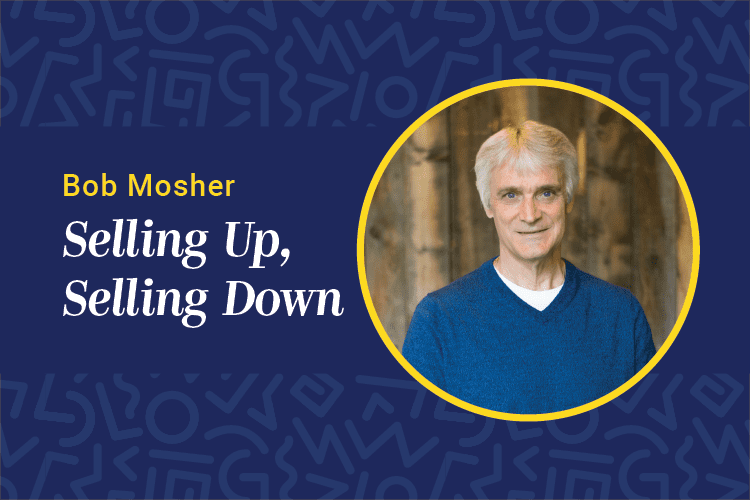This column’s theme is “Selling up, Selling Down,” and I’ve tried to do my best over the past 10 years to balance that view. Recently, I went back and did a straw poll on how I’ve done, and I’m embarrassed to share I’ve been a bit skewed to the “selling up” side.
Because I try to be first and foremost a learner advocate, I’m going to do my best to even the score. I want to start with one of my fundamental pet peeves with how we design and sell training to advanced learners.
I often refer to the 5 Moments of Need design framework by Conrad Gottfredson in my columns. Like other frameworks — such as Kirkpatrick’s Levels and McCall and his colleagues’ 70-20-10, both of which attempt to bring simplicity and context to things we’ve over-complicated or struggled to articulate — the five moments have been foundational in helping me offer a more balanced and robust learning solution to the stakeholders I’ve served. These frameworks offer our industry and the consumer a shared, nonlearning language around topics that are difficult to explain.
To review, the 5 Moments of Need is a framework that describes the five moments learners go through as they try to both master and apply a skill. These moments apply to any content area such as onboarding and information technology system skills. These moments are:
1. New: When learning something for the first time.
2. More: When learning more.
3. Apply: When trying to apply and remember.
4. Change: When things change.
5. Solve: When trying to solve a problem.
When most learning and development groups first attempt to address these moments, they often realize that they need to shift their emphasis to less of Moments 1 and 2 (training) and more of Moments 3-5 (performance support). Most L&D groups have the training moments, live or digital, covered, and they feel that Moments 3-5 represent their weakest offerings. It has been the emphasis for my work over the past eight years as my design pendulum has swung to a mindset of performance from a mindset of training.
I’d like to come back to the training component and take a closer look at the difference in how we design for Moments 1 and 2 — New and More.
Often when we design more training, we interpret it as new content designed to be consumed faster. That’s not true. More is still a learning moment that deserves time as well as a unique approach to instruction. It builds on foundational skills that the learner brings to the moment. It doesn’t need the rudimentary components of a new design. It needs a more robust, experiential and reference-based approach that a more advanced learner can handle and learn best through.
Adults have a powerful ability to generalize when learning. This means past learning opportunities often better enable them to master new things based on their initial learning and experience. A More learning moment needs to tap into a learner’s ability to generalize rather than treat every new topic as just that — brand new.
All too often, More follows the exact same format and receives the same instructional treatment found in a new training experience, leaving advanced learners bored and less engaged. If we build these learning moments around the base knowledge these learners bring with them to class, we could incorporate more problem-solving, reference-based materials and higher-level thinking skills to training events, making them more engaging and challenging.
These methods also return a higher level of transfer and application, something an advanced learner craves and is capable of executing. The flipped classroomand tools like performance support areextremely well-suited for this moment of need. It takes the burden off the instructor and the amount of content to be covered, and allows learners to do more self-discovery and build confidence in their ability to truly transfer all they’ve learned.
Advanced classes aren’t just about advanced content. They’re also about a more meaningful approach to the learning experience. Distinguishing between Moments 1 and 2 can make all the difference in the effectiveness of these two very different training experiences.












